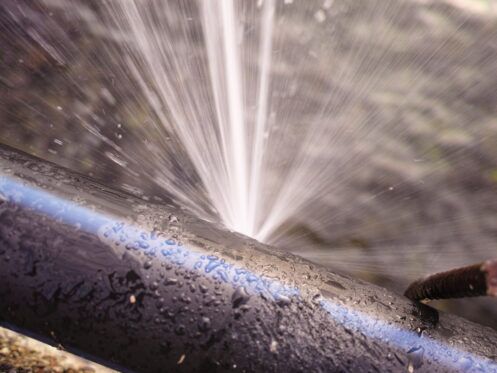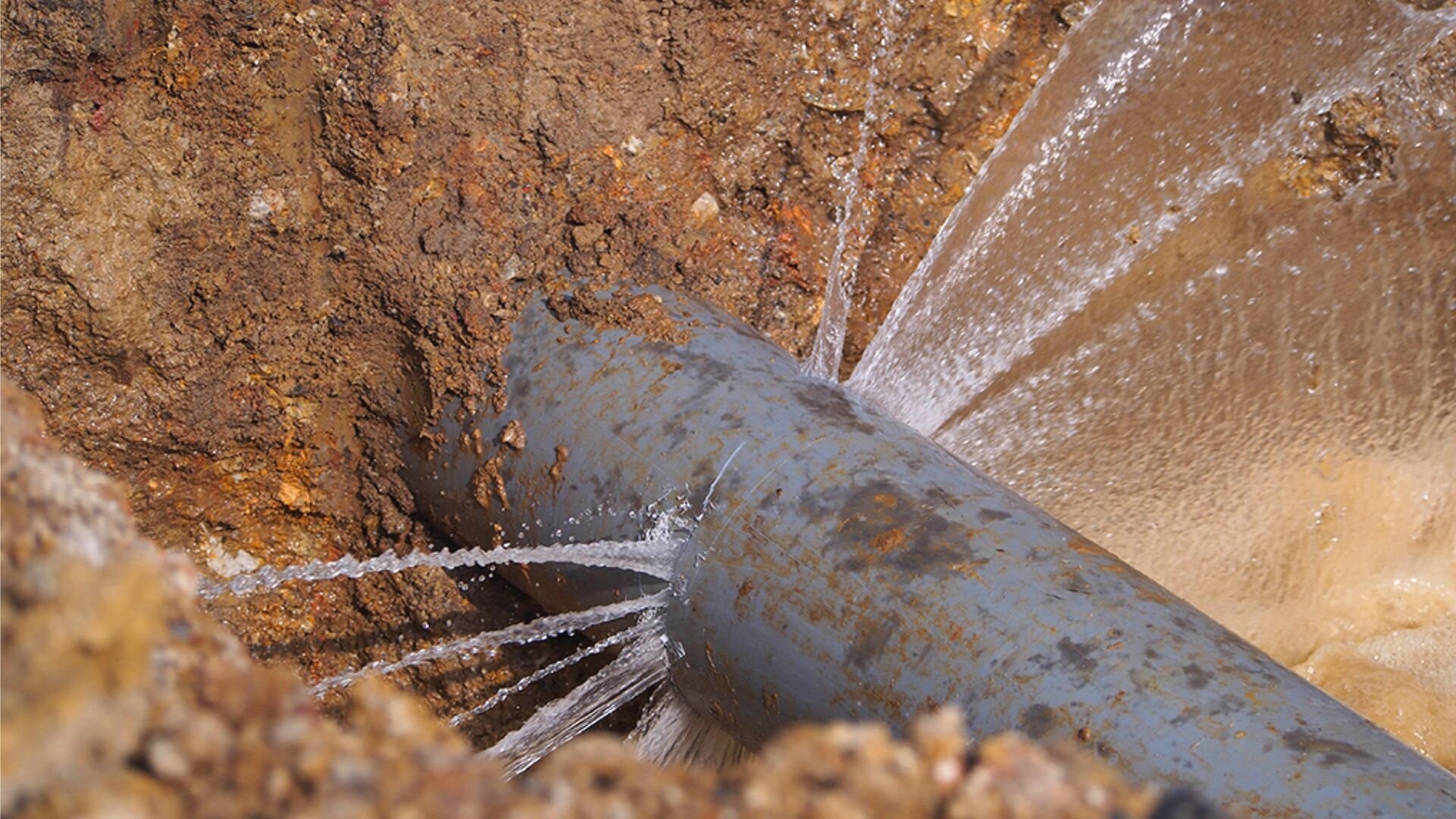Preventing Burst Pipes: Vital Tips to Shield Your Plumbing
Stopping burst pipelines is a crucial worry for homeowners, particularly during colder months when the danger of freezing is heightened. Executing strategic steps such as correct insulation, regular evaluations, and preserving constant indoor temperature levels can significantly decrease the chance of pipe failing. Additionally, understanding emergency treatments outfits house owners to respond swiftly to prospective pipes problems. Several are uninformed of the certain vulnerabilities that their pipes may encounter. Exploring these susceptabilities can offer important understandings into guarding your plumbing system properly.
Understand Pipeline Vulnerabilities
Comprehending pipe vulnerabilities is necessary for effective plumbing maintenance and stopping costly damage. Numerous variables add to the susceptibility of pipelines to ruptureds, including material composition, age, and environmental conditions. Older pipes, particularly those made from galvanized steel or polybutylene, frequently degrade gradually, leading to raised risk of tears and leaks.
Temperature variations can additionally considerably effect pipeline stability. In colder climates, water trapped in pipes can freeze, applying and expanding stress on the pipe walls, which might inevitably lead to a ruptured. High water stress can stress pipelines, particularly at joints and bends, heightening the likelihood of failing.

Insulate Pipeline Effectively
Correct insulation of pipes is vital for avoiding cold and succeeding ruptureds during chilly climate (burst pipe). Insulating your pipes system efficiently safeguards against temperature goes down that can cause expensive damages. Begin by recognizing vulnerable areas where pipelines are revealed to outdoor temperature levels, such as cellars, attic rooms, and outside walls
Use foam pipe insulation sleeves or wrap insulation tape around these areas to provide a safety obstacle. Make certain that all areas of the pipes, especially those with restricted warm exposure, receive adequate insulation. Pay special interest to fittings and joints, as these are much more at risk to cold.
When insulating, it's important to choose products that satisfy neighborhood building ordinance and are proper for the particular atmosphere. For example, fiberglass insulation is typically recommended for its thermal resistance residential properties - burst pipe. In addition, think about utilizing heat cables or tape in extreme problems, which can be plugged in to supply supplemental warmth
Frequently examine shielded pipes for any type of indicators of wear or damages, as endangered insulation can diminish its performance. By taking these positive steps, you dramatically minimize the danger of pipeline bursts, making certain a trusted pipes system throughout the wintertime months.
Maintain Constant Temperature
A stable indoor temperature is essential for stopping ruptured pipelines during the icy months. When temperature levels drop, water within pipes can ice up, producing and expanding stress that may eventually trigger the pipes to burst. To minimize this risk, house owners should preserve a constant temperature level throughout their living area, ideally no reduced than 55 ° F(13 ° C)Utilizing a programmable thermostat can help manage interior temperature levels effectively, guaranteeing that rooms with plumbing continue to be warm also when your house is vacant. Pay unique interest to areas that are a lot more prone to cold, such as attics, garages, and cellars. Keeping cabinet doors open under sinks can additionally permit warmer air from the home to circulate around pipes.
This small flow of water can avoid freezing by minimizing stress within the pipes. By executing these techniques, homeowners can significantly lower the threat of pipe ruptureds and safeguard their plumbing systems against the severe winter season elements.
Routinely Inspect Plumbing
Routine examinations of plumbing systems are vital for preventing ruptured pipelines and keeping general home stability. During these evaluations, it is necessary to analyze visible pipelines for indications of rust, leaks, or put on.
Additionally, evaluating links and joints visit homepage is important, as these factors are frequently susceptible to leaks. House owners need to likewise assess water pressure degrees, as too much stress can strain the plumbing system and increase the risk of pipeline ruptureds.
Consider scheduling specialist plumbing examinations at the very least when a year, specifically prior to winter season, to guarantee your system is prepared for colder temperatures. By being aggressive in your strategy, you can safeguard your home against the turbulent and pricey effects of burst pipelines.
Know Emergency Procedures
Comprehending emergency read here situation treatments is important for each house owner, especially after carrying out routine plumbing evaluations. Being planned for a plumbing emergency can dramatically alleviate damages and conserve prices. Initially, find your primary water shut-off shutoff; it is generally discovered near the water meter or where the major line enters your home. Familiarize on your own with its procedure, as shutting down the water quickly can protect against extensive flooding.
Following, keep important devices handy. A plumbing emergency package need to consist of a wrench, plunger, and towels, as well as a flashlight and a bucket for tiny leakages. In addition, consider having the call details for a trusted plumbing technician easily offered, must the circumstance rise past your control.
If you discover a leak or burst pipe, right away switch off the water supply and notify your plumbing. Moreover, record the damages with photographs for insurance coverage objectives. burst pipe. Know the indications of potential pipes issues, such as uncommon water pressure fluctuations or damp spots on walls
Eventually, aggressive knowledge and swift action are vital in taking care of pipes emergency situations, ensuring your home remains safeguarded and reducing prospective damages.

Final Thought
In final thought, avoiding ruptured pipes necessitates a diverse strategy that includes understanding pipeline susceptabilities, appropriate insulation, keeping constant indoor temperature levels, regular examinations, and understanding of emergency procedures. By applying Resources these essential strategies, the threat of pipes failures can be dramatically decreased, therefore guaranteeing the long life and performance of the plumbing system. Positive actions not just guard against potential damage however likewise add to overall water conservation and the protection of residential or commercial property.
In chillier environments, water trapped in pipelines can ice up, increasing and exerting stress on the pipe wall surfaces, which may eventually lead to a ruptured. When temperature levels drop, water within pipes can ice up, expanding and creating pressure that might inevitably cause the pipelines to burst. By carrying out these techniques, property owners can substantially minimize the threat of pipeline ruptureds and protect their plumbing systems against the harsh winter aspects.
